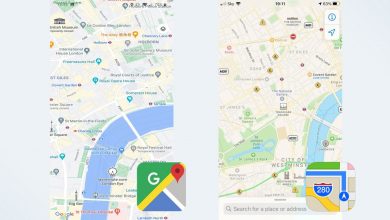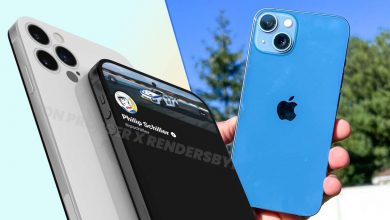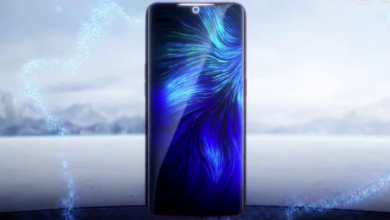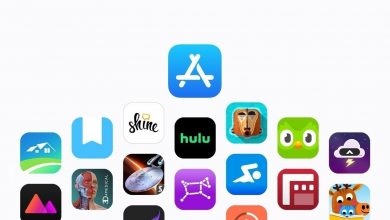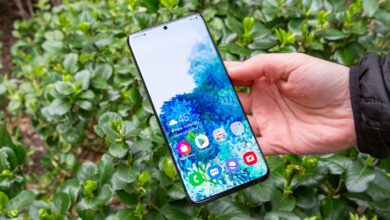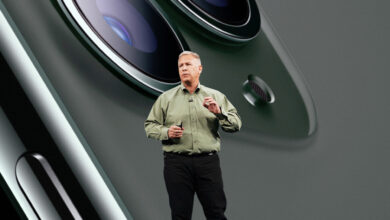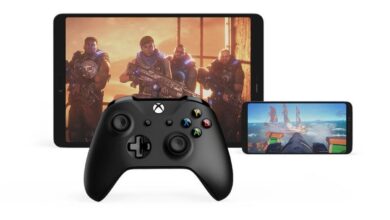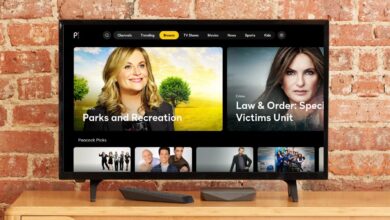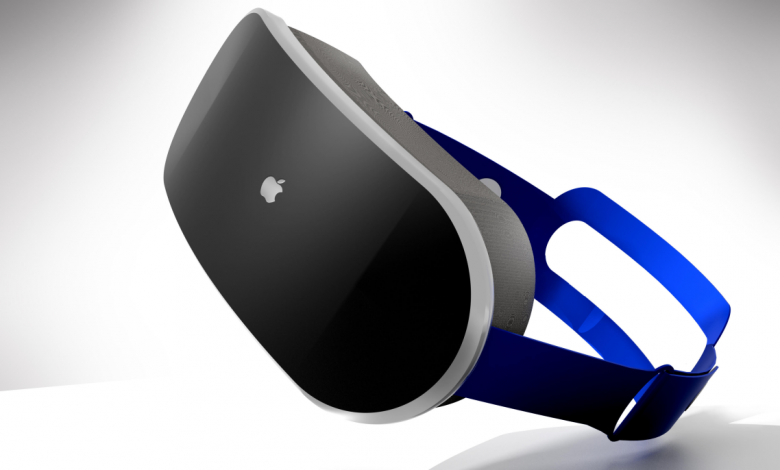
The Apple VR and mixed reality headset may not be as exciting as the hi-tech Apple Glasses we know are coming, but they are still the next best thing. Granted it’s a lot closer to the best VR headsets of today, but it’s still a big step towards the augmented reality future Apple is gunning for. Plus rumors claim that it’s due to be released a lot sooner than Apple Glasses.
There have been a lot of rumors circulating about the Apple VR and mixed reality headsets this year. The consensus seems to be that this is an AR-focussed device rather than a traditional headset. But it also isn’t going to be an impulse purchase, based on the current pricing rumors. Here’s everything you need to know about the Apple VR and mixed reality headset.
Apple’s VR and mixed reality headset could arrive as early as next year, and is set to prepare developers for the launch of Apple Glasses a few years down the line. originally rumors suggested Apple wouldn’t be launching the headset as a consumer-focussed device — an uncharacteristic move on the tech giant’s part.
However a new report from Bloomberg’s Mark Gurman suggests a heavy entertainment focus, including gaming, media and general communication. That would imply that Apple is readying the device for mass-market appeal.
Whichever scenario happens, launching the headset ahead of Apple Glasses gives developers the opportunity to develop AR apps ahead of time. That way there are plenty of apps available by the time the AR lenses arrive. That’s why it’s a mixed reality headset, rather than just a pure virtual reality affair.
So without further ado, here’s everything you need to know about the Apple VR and mixed reality headset.
According to a very large report by Bloomberg’s Mark Gurman back in January, Apple’s VR and mixed reality headset is due to arrive sometime in 2022. According to Gurman, the headset was in the “late prototype stage.”
This forecast has been given more credence by a research note from Apple analyst Ming-Chi Kuo who has the Apple AR headset slated for release in the second quarter of 2022. That means we could see the headset around April time next year.
“We predict that Apple will launch AR HMD [head-mounted display] devices in 2Q22. The device will provide a video see-through AR experience, so the lens is also needed, and Genius is also a key supplier,” Kuo explained.
However more recently Kuo changed his tune, claiming that we’re looking at a Q4 2022 production window. Apparently this delay is down to the “complex design” of the headset, combined with Apple’s own standards, which are supposedly “much higher than competitors’ products.”
In other words, developing such a headset is hard work and Apple wants to make sure it’s doing its job properly. No half measures. Kuo also claimed the headset will launch with a full complement of hardware, software and services, and the delay means developers will have more time to work on them.
There was no mention of the ongoing global chip shortage affecting production, but considering how far away it is, and Apple’s success in avoiding supply chain issues so far, that isn’t likely to be a huge factor. Not for the time being anyway.
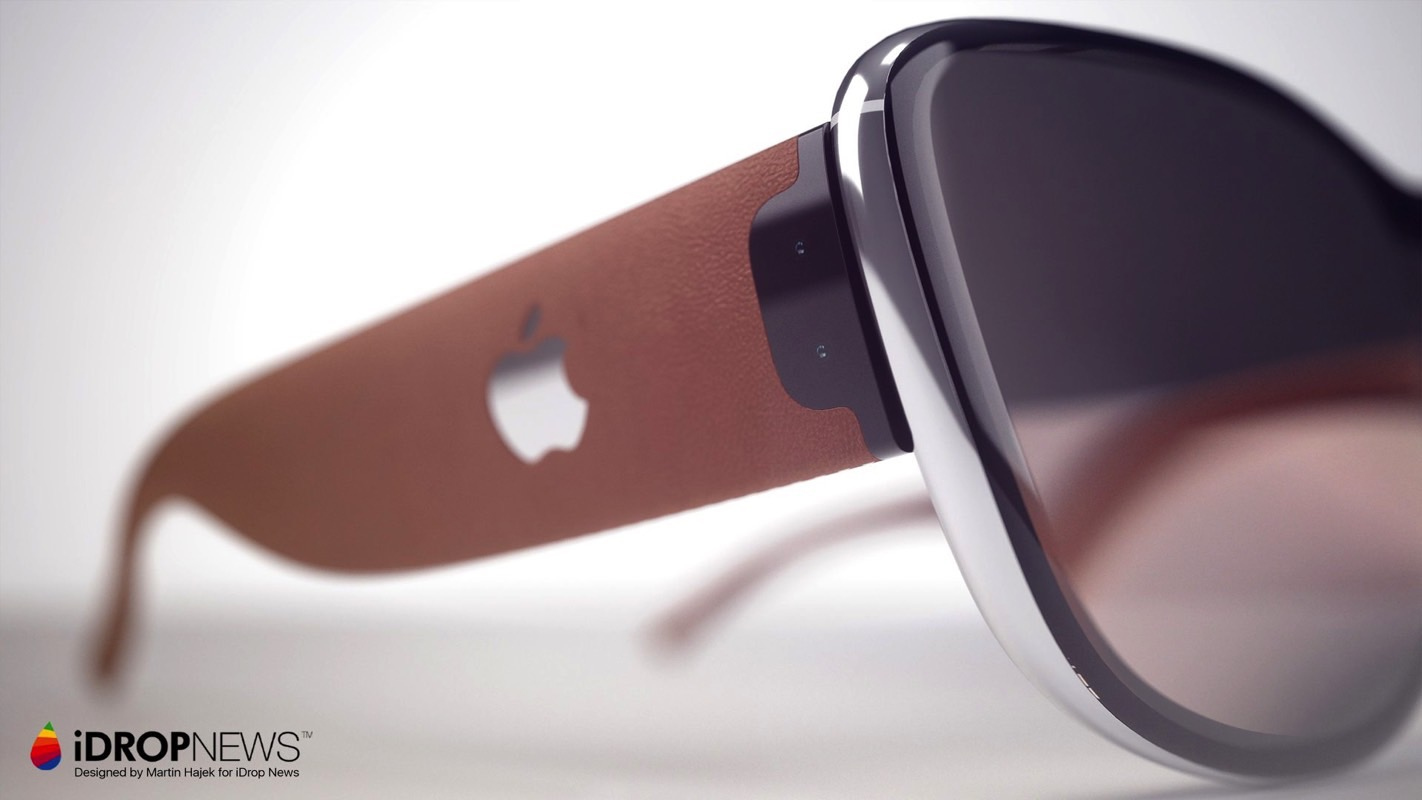
According to reports, the Apple VR and mixed reality headset is designed to be a precursor to Apple Glass. The AR lenses are supposed to offer an “optical see-through AR experience,” according to Ming-Chi Kuo.
In other words, based on everything we’ve heard, Apple Glass is designed to look and act like an ordinary lightweight pair of glasses. We’re talking about glasses that are able to project information, and presumably imagery, onto its lenses
The Apple VR and mixed reality headset is expected to be like a typical VR headset, but one with a number of exterior cameras and sensors that unlock bonus functionality.
That way Apple’s VR and mixed reality headset can offer body tracking, and incorporate real-world environments in a virtual space. Plus, the Apple VR headset could incorporate a see-through experience that can deliver a form of augmented reality. So, it’s not quite like the Oculus Quest 2, which is VR-only.
Reports on the Apple VR and mixed reality headset price have been mixed. But rumors suggest a developer focus, so pricing may center around attracting programmers.
Tim Cook has spoken at length about how AR is Apple’s end goal. The headset is reported to be the first stage in the company’s wearable AR ambitions. The headset’s main goal is reportedly to prepare developers for the launch of Apple Glass, and ensure the specs have app support for launch. Apple’s main incentive is not to make money, and reports claim the headset’s price will reflect that.
That being said, Mark Gurman has claimed the headset will be heavy on gaming, media consumption and communication, suggesting Apple is designing with consumers in mind. However that doesn’t necessarily mean the first generation headset won’t be expensive, or a primarily designed for developer use.
While Apple’s VR and mixed reality headset is supposed to be expensive, reports are divided on how expensive it’s set to be.
A report from The Information claims that Apple’s VR headset will be as high as $3,000. Gaming VR headsets rarely cost more than $1,000, though the Microsoft Hololens 2 does cost a whopping $3,500.
However, Ming-Chi Kuo has predicted that the headset will only cost $1,000. Or the same as the iPhone 12 Pro. While this is still expensive, it’s a lot more palatable for the average developer. Especially if the headset is as high-powered as reports have indicated.
In either case, the cost of entry is going to be high and certainly a lot higher than other stand-alone VR headsets. For example, the Oculus Quest 2 costs just $300..
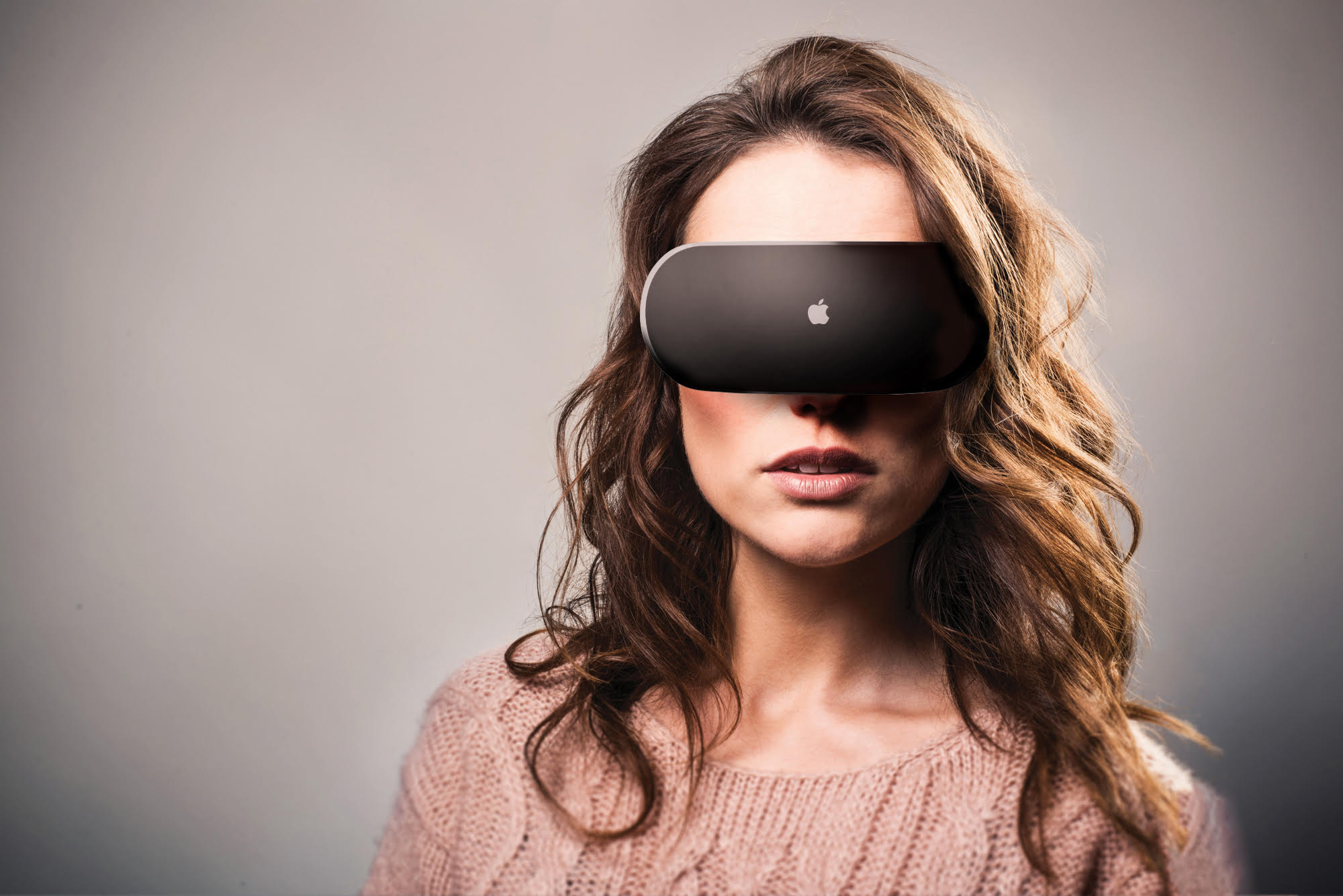
The main feature of the Apple headset is mixed reality. According to Mark Gurman, the headset will include external cameras which are currently being used to test features like hand-tracking and gesture control. Part of this includes the possibility of being able to type in the air with a virtual keyboard.
The Information’s report has elaborated on this, claiming the headset will feature 12 tracking cameras that can feed information to two 8K displays in front of the user’s eyes. On top of that, the headset will also reportedly feature LiDAR sensors.
For those that don’t know, LiDAR uses lasers to measure distance, which can gather the area of a space quickly and accurately. A device can use this info to better place objects in AR, and has already been used this way on high-end iPad Pro as well as the iPhone 12 Pro and iPhone 12 Pro Max.
However, all those sensors may not be working alone. Sources have told The Information that users will be able to wear a “thimble-like” device on their finger to help with hand tracking and other controls.
A lot of power is going to be needed to keep all this going, and Gurman’s report claims that the headset will feature Apple’s “most advanced and powerful chips.” Apparently, the chip inside Apple’s VR headset will be more powerful than the newly-launched M1 Mac chip.
Speaking of specs, a newer report from Kuo has the headset tipped to get a brace or processors, suggesting Apple won’t be scrimping on power.
“The higher-end processor will have similar computing power as the M1 for Mac, whereas the lower-end processor will be in charge of sensor-related computing,” Kuo predicts.
“Apple’s AR headset requires a separate processor as the computing power of the sensor is significantly higher than that of the iPhone.
“For example, the AR headset requires at least 6-8 optical modules to simultaneously provide continuous video see-through AR services to users. In comparison, an iPhone requires up to 3 optical modules running simultaneously and does not require continuous computing.”
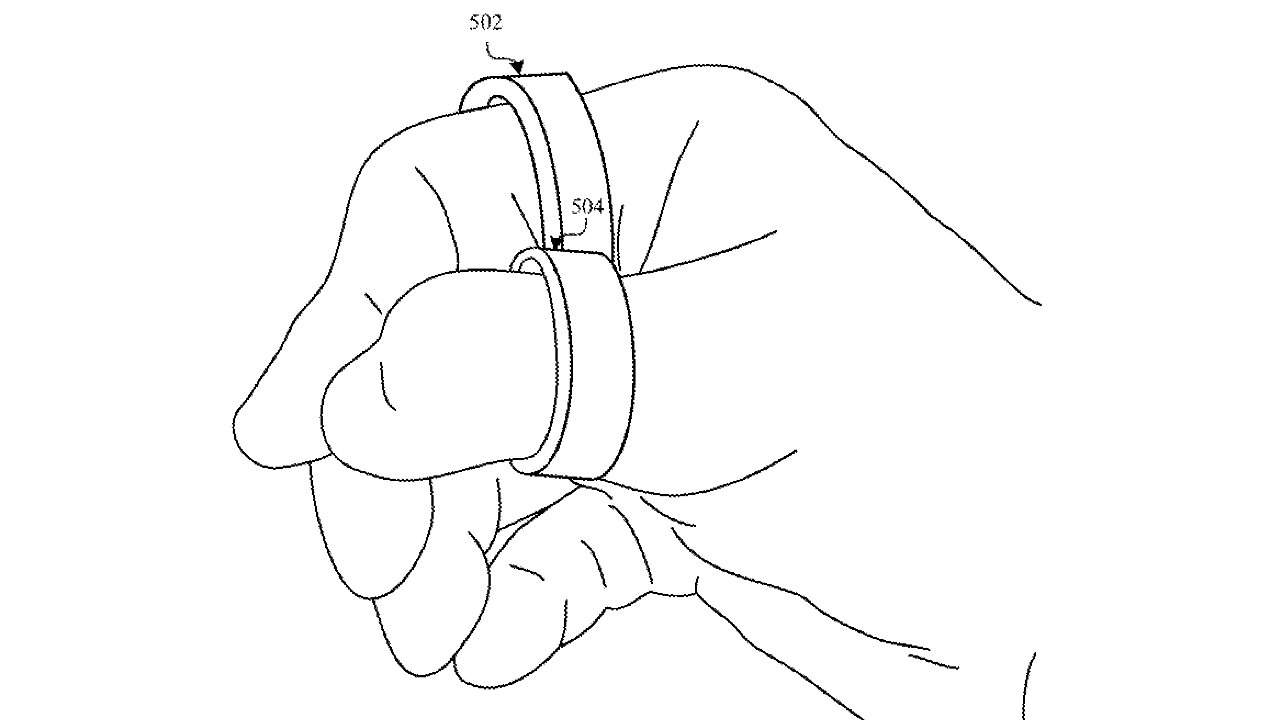
A patent discovered by Apple Insider reveals that Apple has been working on some smart rings, which can be used to track finger and hand movements. This could be employed with the VR and mixed reality headset, to boost the capabilities of the external cameras.
The patent also mentions being able to detect objects the user is holding, including an Apple Pencil. That means the headset will be see what you want to do, and alter its functionality accordingly. So if you hold an Apple Pencil it sill know you want to hand write something, as oppose to typing. And so on
Analyst Ming-Chi Kuo also claims that the headset will come with Wi-Fi 6E support, which would allow it to connect to a separate device and transfer large amounts of data with low latency. This means the headset could allow a separate device, like an iPhone or Mac, to do all the hard work and beam it to the headset without the need for a physical cable.
Not doing all the processing in the headset itself will also mean Apple can help keep the weight low, and preserve battery life for much longer than it would have lasted otherwise.
We had thought Apple will take a similar approach to the Oculus Quest 2 and make an all-in-one mixed reality headset. But according to the latest report by Bloomberg’s Mark Gurman, apparently based on source information, Apple’s first-generation headset could be reliant on getting its power from an iPhone or Mac computer.
This could make for an overall sleeker headset, just not one with the flexibility of being able to work on its own. How much weight we can put into this report isn’t clear; Gurman is a reliable tipster, but the information he received could be based on early porotype work by Apple’s engineers rather than something resembling a finalized product.
Regardless, with this being Apple, we’d expect the mixed reality headset to sport a bit of slick industrial design with a lot of user ergonomics in mind.
Everything we’ve heard about the Apple VR and mixed reality headset is that it’s supposed to be a developer-centric device. The idea is to ensure developers have a real device so they can get to grips with designing apps for augmented reality, ahead of the eventual launch of the Apple Glasses AR specs.
Obviously a device can live or die based on its app support. Just ask Windows Phone what happens if you don’t have developers on your side. The more apps that are available at launch, the better.
However while this alleged strategy would be a great benefit to the Apple Glasses, it’s not so great for the VR and mixed reality headset. Not from a consumer standpoint anyway, because poor app support means it’s not going to be particularly useful. Couple that with the rumors of a $3,000 price tag, and it suddenly far less appealing for the average Apple customer.
But with the Apple Glasses still reportedly several years away, time may change the appeal of the Apple headset. After all the more time developers have with it, the more apps they can release, and the more interesting it will be to own. That’s assuming the price tag doesn’t continue to put people off.
But all we can do for now is speculate based on what we’ve heard, and what we’ve heard has not been verified by Apple. And until Cupertino does tell us what’s happening, nobody can make any definitive decisions. Still, based on what we think we know already, it may be worth holding off until the Apple Glasses actually launch.
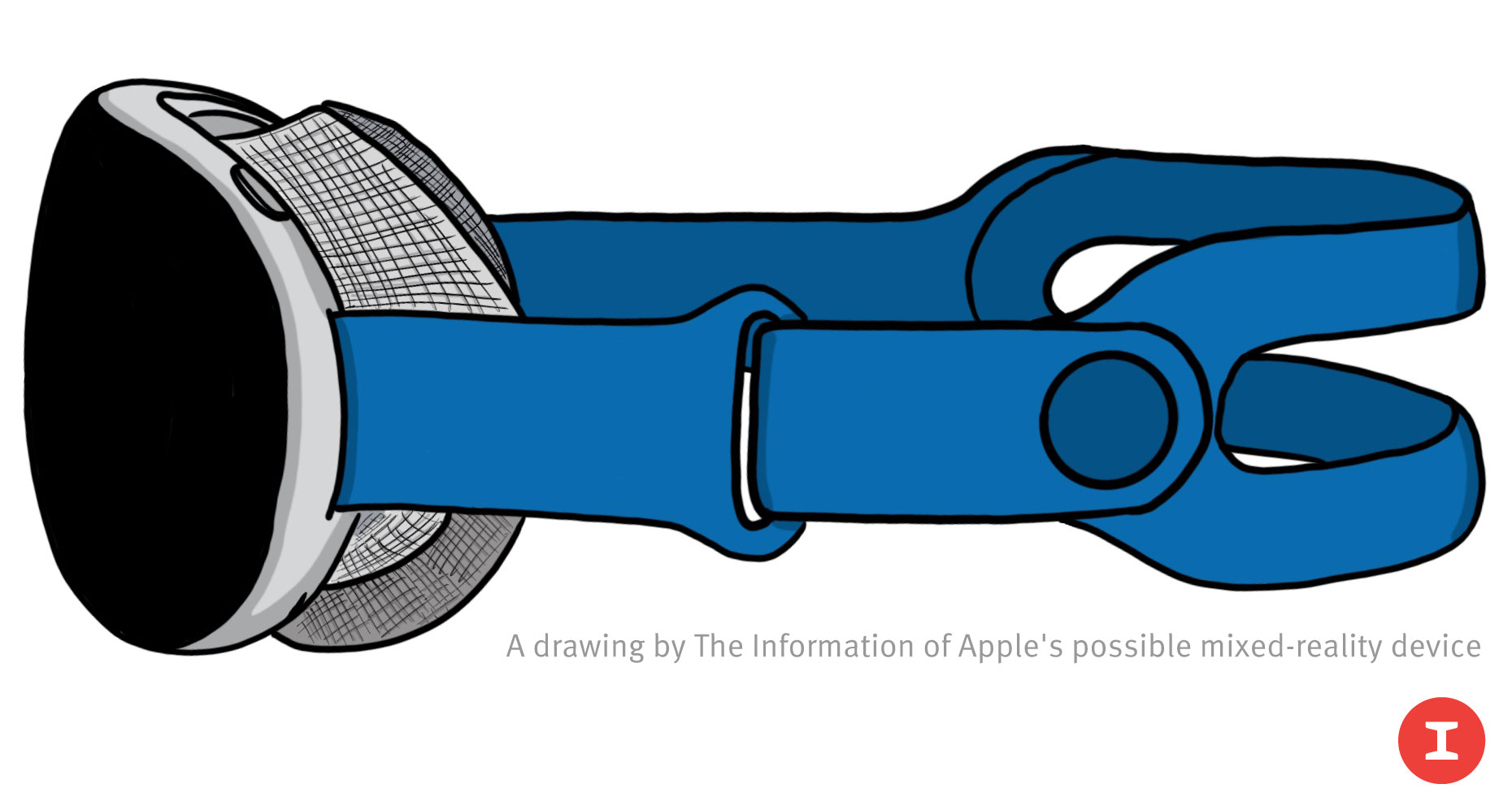
Long-term comfort: The problem with most VR headsets is that they’re not ideal for long-term use. Discomfort generally increases after about 30 minutes. Of course, the more comfortable the headset is from the start, the longer you’ll be able to keep going.
If Apple can design the AirPods Pro in such a way that you can forget they’re there, it can certainly ensure its mixed reality headset is as pro-comfort as possible.
Solid battery life: Currently, the battery life on standalone headsets isn’t great. The Oculus Quest 2 only lasts two to three hours, depending on what you’re doing. We want Apple’s VR and mixed reality headset to offer at least this much battery life, but ideally more.
Proper AR: If Apple is going to kick start its wearable AR efforts with a mixed-reality headset, we want to see some proper AR features. Users will always be aware that the headset is in place, but Apple should, at the very least, do everything it can to make sure that any see-through AR functionality is as realistic as possible. That means good image quality, no noticeable lag, and a good field of view.
No gimmicks: If the mixed reality headset really is a developer device that’s being released to the public, the least Apple can do is make sure there’s a reason to have one. Don’t release the headset for the sake of it, especially if it really is that expensive. Give people an actual reason to pick one up for themselves, beyond the logo.
